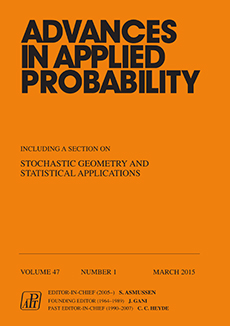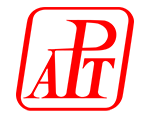Abstract
Burn-in is a method of 'elimination' of initial failures (infant mortality). In the conventional burn-in procedures, to burn-in a component or a system means to subject it to a fixed time period of simulated use prior to actual operation. Then those which fail during the burn-in procedure are scrapped and only those which survived the burn-in procedure are considered to be of satisfactory quality. Thus, in this case, the only information used for the elimination procedure is the lifetime of the corresponding item. In this paper we consider a new burn-in procedure which additionally employs a dependent covariate process in the elimination procedure. Through the comparison with the conventional burn-in procedure, we show that the new burn-in procedure is preferable under commonly satisfied conditions. The problem of determining the optimal burn-in parameters is also considered and the properties of the optimal parameters are derived. A numerical example is provided to illustrate the theoretical results obtained in this paper.
Citation
Ji Hwan Cha. Gianpaolo Pulcini. "Burn-in procedure based on a dependent covariate process." Adv. in Appl. Probab. 47 (2) 506 - 529, June 2015. https://doi.org/10.1239/aap/1435236985
Information





